Around May 1975, after the country's reunification, my father took me - then 15 years old - to Vinh Chau district ( Soc Trang province) to send me to Tam Du, my cousin who was the Deputy Head of Logistics of the District Team, so that I could escape and join the revolution. I was in the Logistics agency, assigned to manage the gun warehouse, cleaning guns and ammunition all day, practicing eating with chopsticks with two ends to maintain hygiene. Those were the first difficult meals of the peacetime .
Spring 1975 came and we had peace but not silence of gunfire. Our country, which was anchored in “drizzle and storm”, was in a state of both peace and war.
On January 1, 1976, the two provinces of Bac Lieu and Ca Mau merged and took the name Ca Mau - Bac Lieu province. The population at that time was less than 1 million people, the capital was located in Ca Mau. Then, just over 2 months later, the center of Ca Mau - Bac Lieu province moved to Bac Lieu town and changed its name to Minh Hai province and Bac Lieu town also changed to Minh Hai town. From here, Minh Hai had a new status, a new role of shouldering difficulties with the whole country in a precarious situation. We had to share economic resources to deal with the border war with the whole country. Minh Hai's children set out to protect the southwestern border, fulfill their international duty to Cambodia and fight back against China's invasion along the entire northern border in 1979.
In the first year of liberation, the North suffered two consecutive rice crop failures, the whole country looked forward to the rice granary of the Mekong Delta, in which Minh Hai played an important role. However, the Mekong Delta region had a crop failure due to severe flooding, people from the provinces fled to Minh Hai, the province exported rice reserves to relieve hunger.

Illustration: VT
Every year, the Central Government assigned Bac Lieu - Ca Mau province and then Minh Hai province the target of mobilizing 120,000 - 180,000 tons of food. Minh Hai also needed more than ten thousand tons of rice reserves to save the people in the province from starvation. Achieving these numbers was extremely difficult. At that time, the regular central task of the Minh Hai Provincial Party Committee was to reclaim land for summer-autumn rice cultivation, increase crops and do the "three-revenue" work of food (collecting taxes, collecting debts, purchasing). Provincial and district officials, even schools... were mobilized to go to the grassroots to dig irrigation canals with the people and do the three-revenue work very regularly. Agencies, departments and branches had to be self-sufficient in rice for 2 - 3 months each year. From then on, every agency sent people to do self-sufficient farming.
At the end of 1975, I was on leave to visit my family. The road from Vinh Chau to Bac Lieu (nowadays we call it Huong Lo 38) was a small road at that time, due to the continuous war, with the road construction and demolition for the war, the road was full of "elephant potholes" and "chicken potholes", making it very difficult to travel. On both sides of the road were endless fields but sparsely populated with rice fields. There was still a lot of wasteland, at that time Ca Mau - Bac Lieu province had 500,000 hectares of land capable of agricultural use but only more than half of it - 260,000 hectares - was cultivated.
I got off the bus between Cau Moi and Thao Lang hamlets and waded through the fields for another 2 kilometers before reaching my Bo Xang hamlet. It was now near Tet but the late-season rice crop in my village had not yet been harvested. The fields were almost flooded, standing on the banks I could see fish jumping around on a late afternoon, and the rice was sparsely planted, mixed with saltwater grass and reed grass. I think this year the village’s productivity would only be 7-8 bushels per hectare at best.
My family's situation after liberation was similar to that of other families whose vitality had been drained by wars. My parents had eight children, but my second sister was shot dead by an American plane, my third brother died, and Sang and Huu went to fight in the resistance war and are now government employees. After liberation, I also left. So my parents only had three children left. At that time, Dieu, my younger sister, was only 12 years old and could not help, while Hien and My were only five or three years old. When peace came, my parents continued to endure the sun and rain, enduring all hardships to take care of the family. I had been home for three days, but my father had not returned from his harvest job. On December 27, swallows had returned to fly over the fields and the spring breeze was also dancing there. My three younger siblings were as anxious and worried as my mother was anxious and worried about Tet. She caught three laying hens to sell at Bac Lieu market and bought Hien and My each a set of clothes to wear for Tet. As for Dieu's clothes and the offerings for Tet, she waited for my father to come home.
My family's field and the whole Bo Xang hamlet used to be located next to the Bac Lieu River. During the war years, bombs and artillery bombed the banks and dams, causing saltwater to flood and swallow the fields. Saltwater caused continuous crop failures. In order to produce good rice, we had to build banks and keep the soil fresh for 7-8 years before the soil was sweet again. Thinking about it, war was truly cruel. Its aftermath not only exhausted the labor resources of each rural family, but also severely affected their fields and gardens for decades afterward.
Only by looking back at the first months of 50 years before the reunification of the country can we fully see how much the country has changed and how happy the people are today. Let us look back with regret to those who are enjoying the freedom and independence of today!
Phan Trung Nghia
Source: https://www.baobaclieu.vn/van-hoa-nghe-thuat/nho-nhung-ngay-dau-cua-tinh-minh-hai-100411.html


![[Photo] General Secretary To Lam received the delegation attending the international conference on Vietnam studies](https://vphoto.vietnam.vn/thumb/1200x675/vietnam/resource/IMAGE/2025/10/26/1761456527874_a1-bnd-5260-7947-jpg.webp)
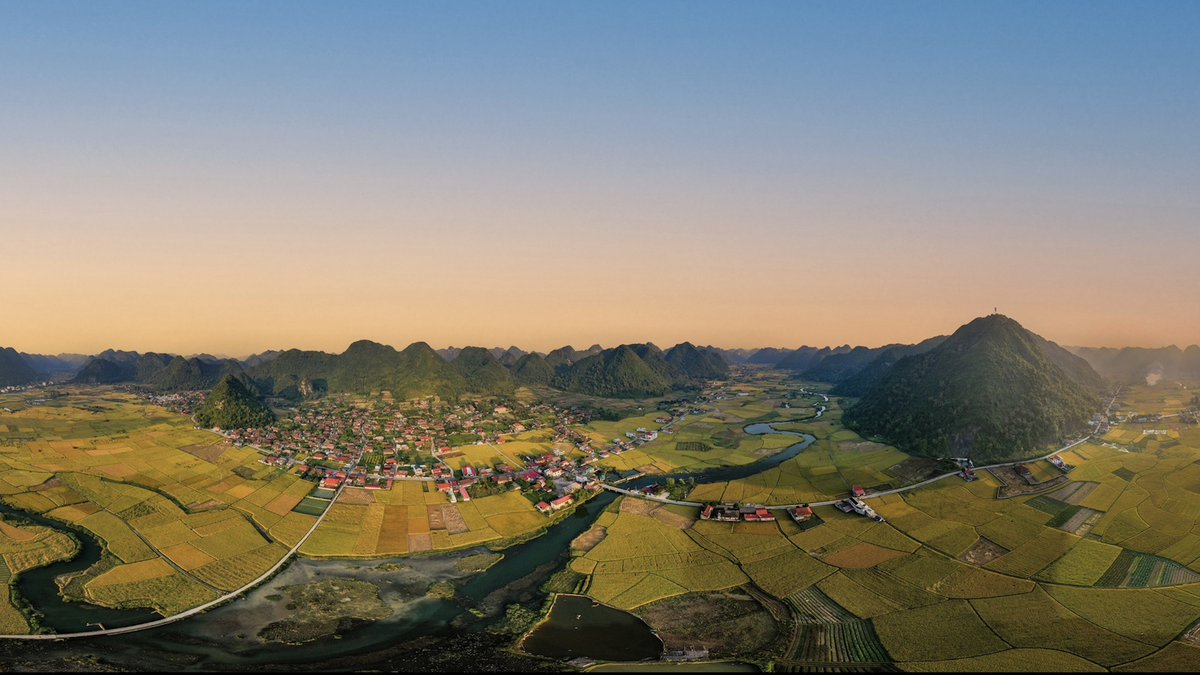
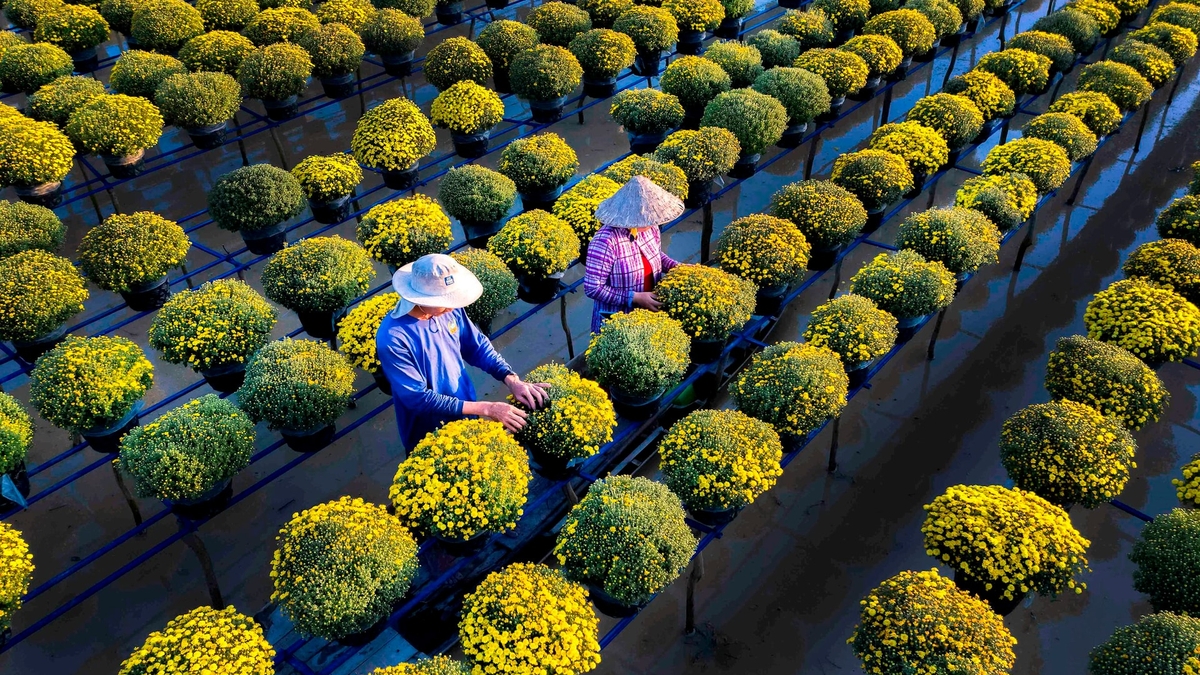

![[Photo] Enjoy the Liuyang Fireworks Festival in Hunan, China](https://vphoto.vietnam.vn/thumb/1200x675/vietnam/resource/IMAGE/2025/10/26/1761463428882_ndo_br_02-1-my-1-jpg.webp)
![[Photo] Nhan Dan Newspaper displays and solicits comments on the Draft Documents of the 14th National Party Congress](https://vphoto.vietnam.vn/thumb/1200x675/vietnam/resource/IMAGE/2025/10/26/1761470328996_ndo_br_bao-long-171-8916-jpg.webp)
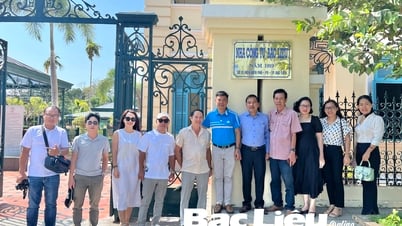

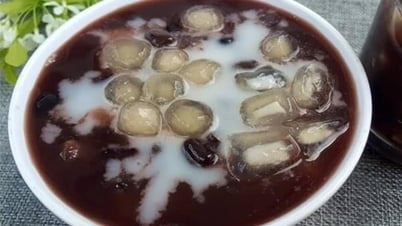
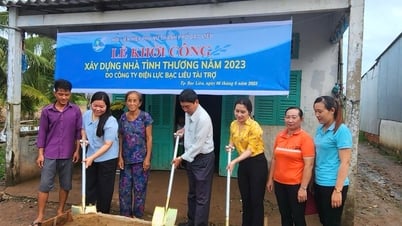
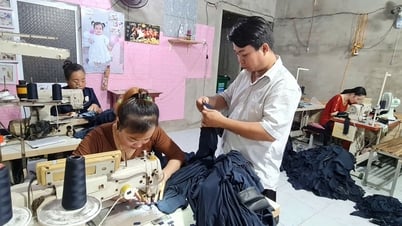
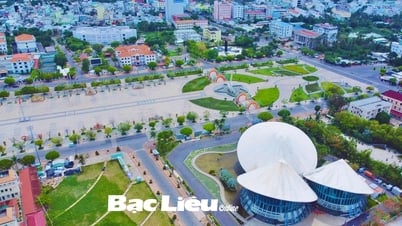
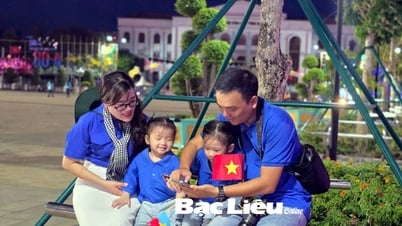


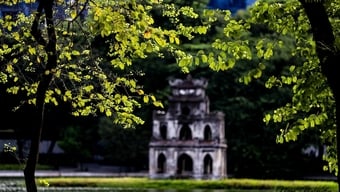
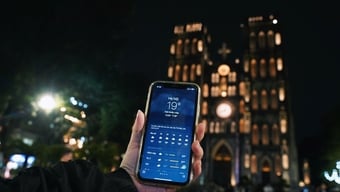
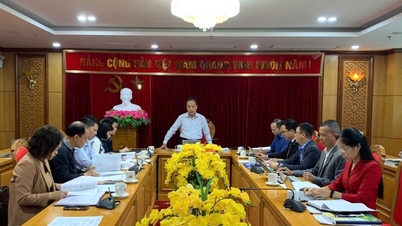

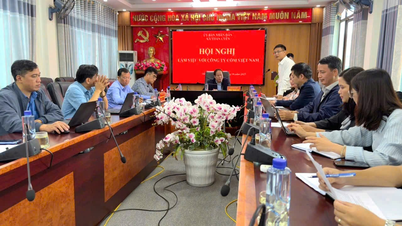
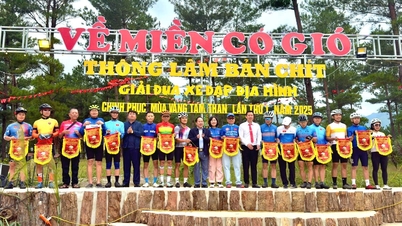

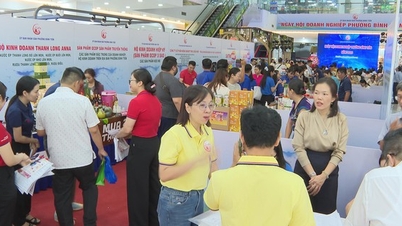
![[Photo] Prime Minister Pham Minh Chinh attends the opening of the 47th ASEAN Summit](https://vphoto.vietnam.vn/thumb/1200x675/vietnam/resource/IMAGE/2025/10/26/1761452925332_c2a-jpg.webp)



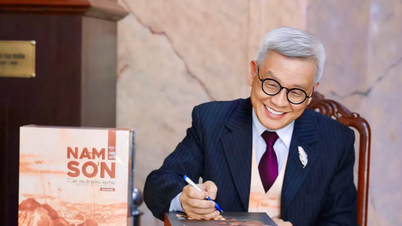







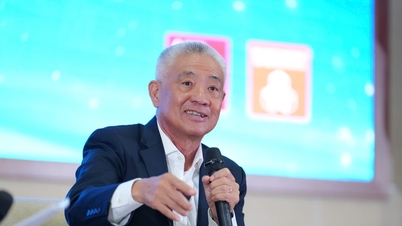

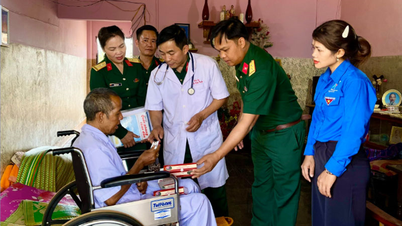

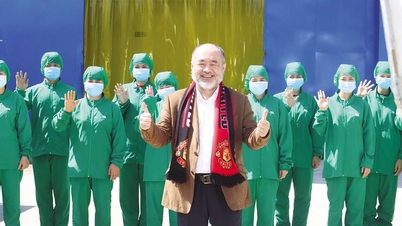



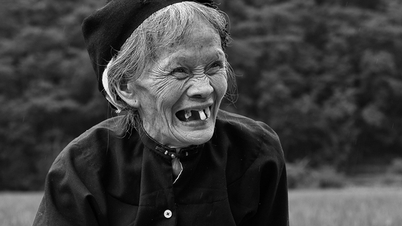




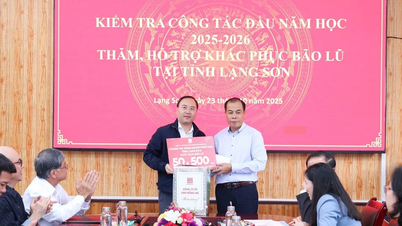




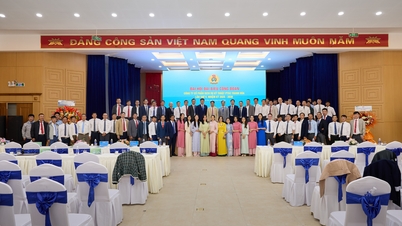
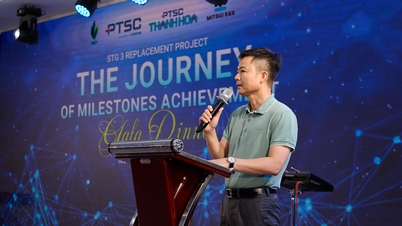

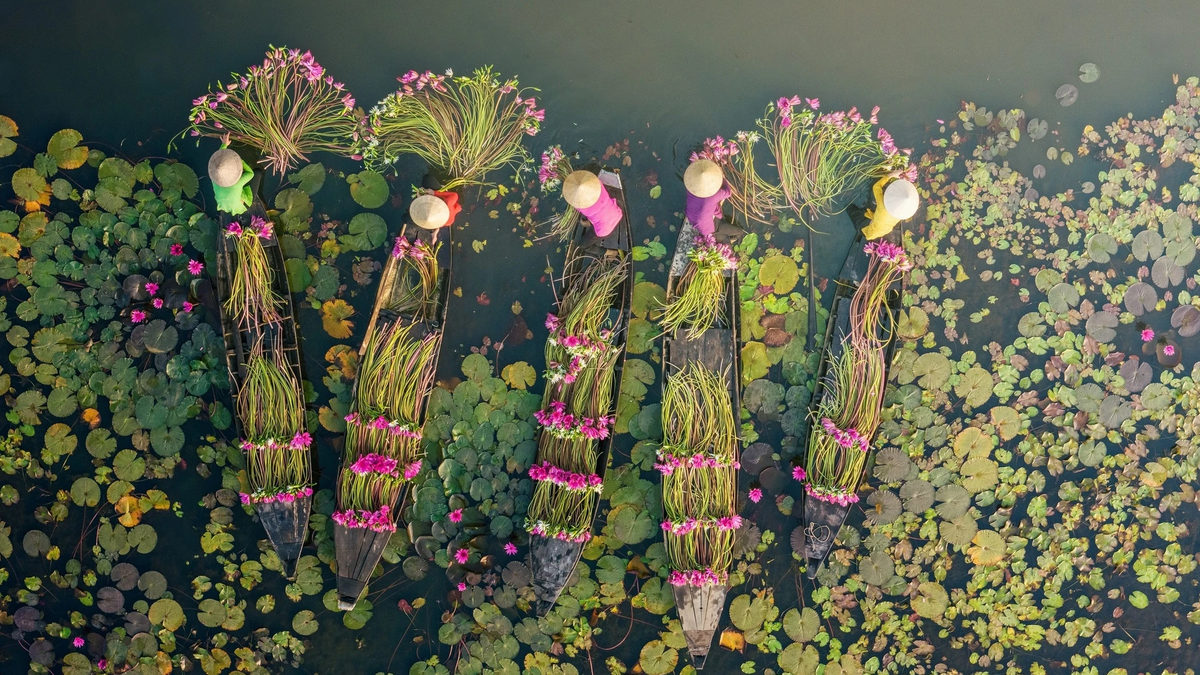
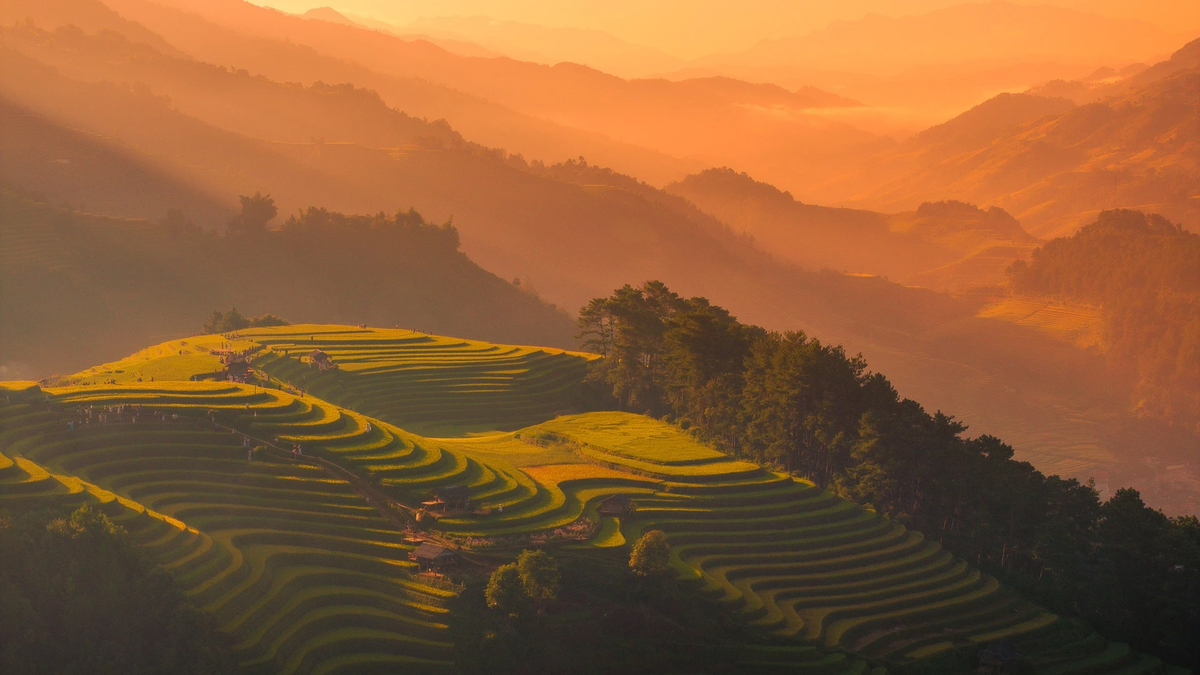
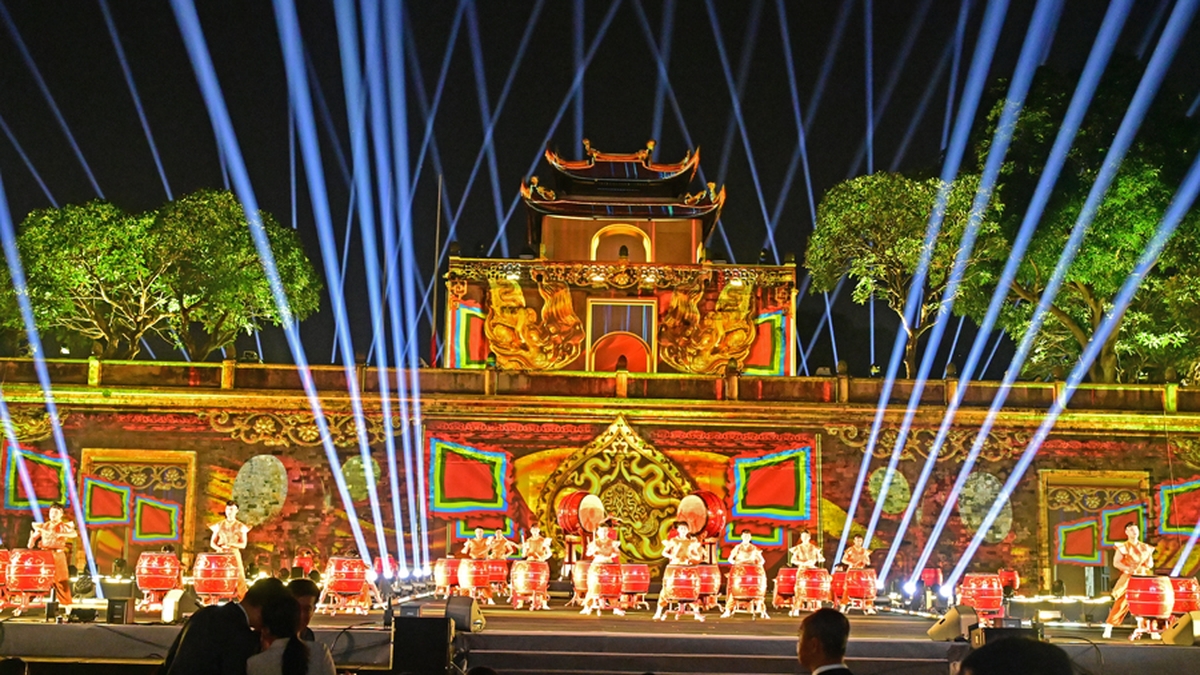
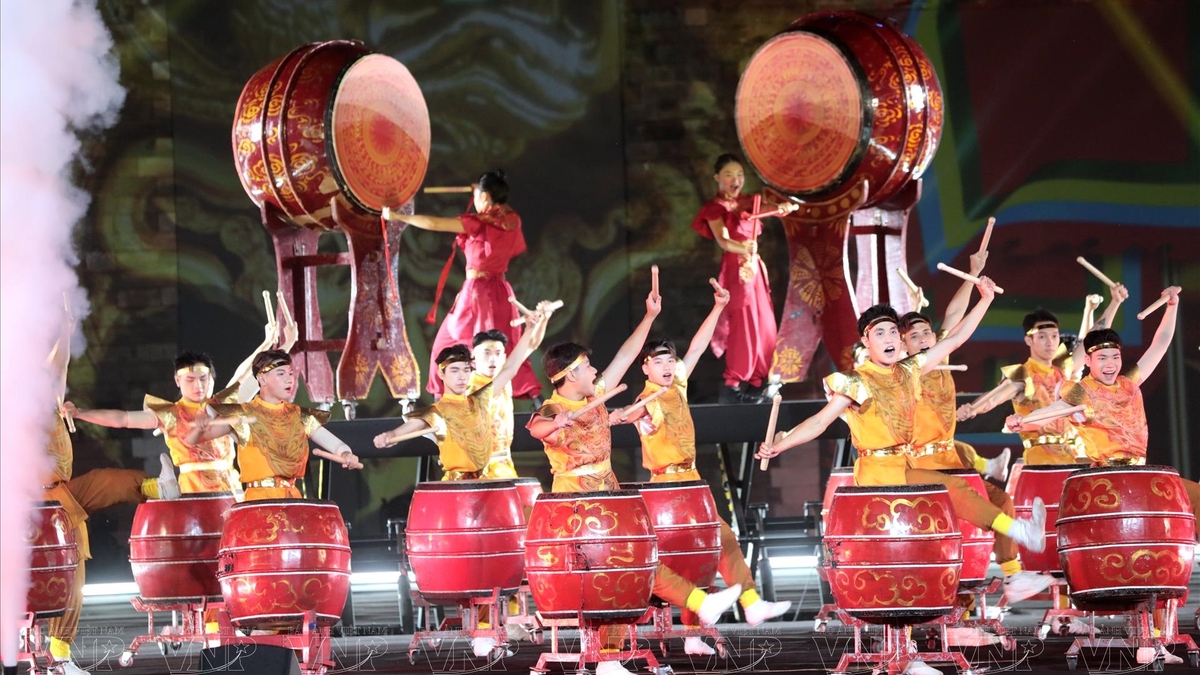
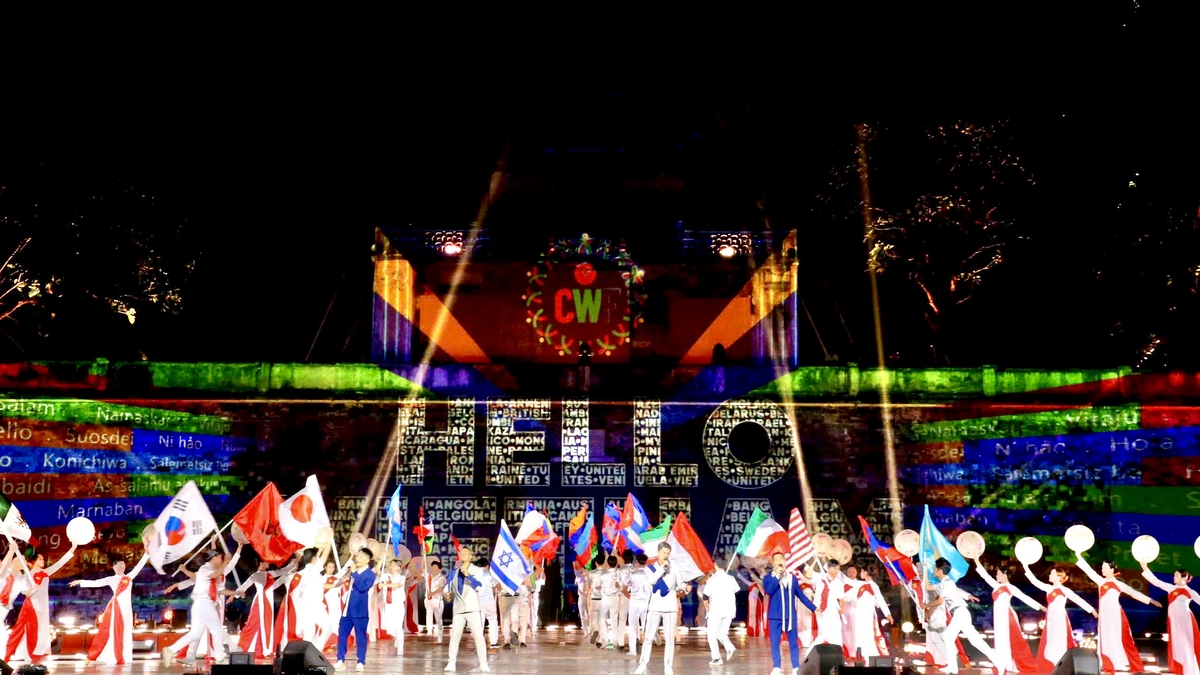
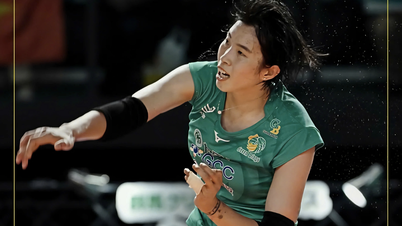

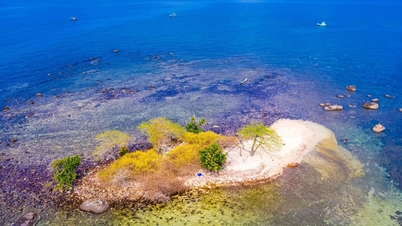

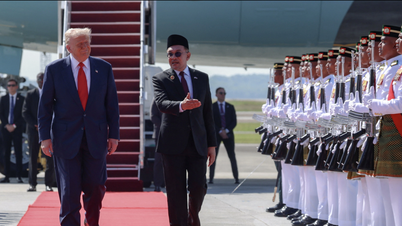

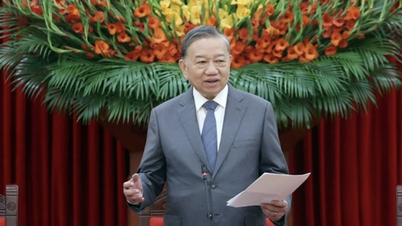

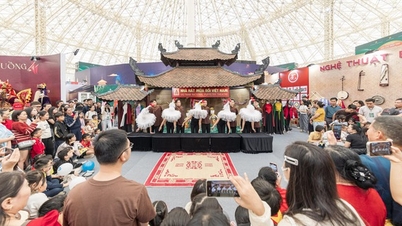

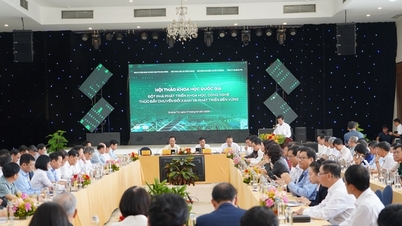

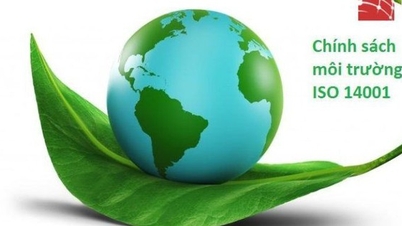
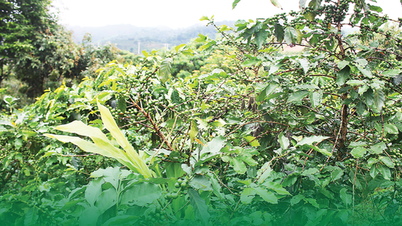
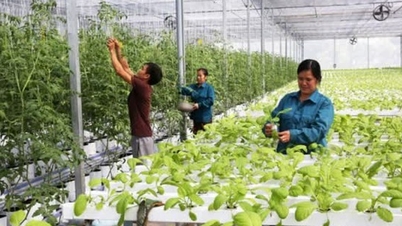
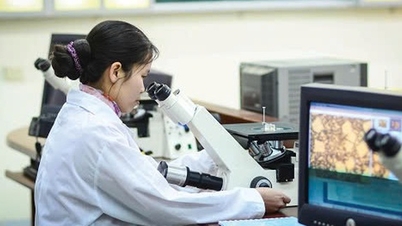


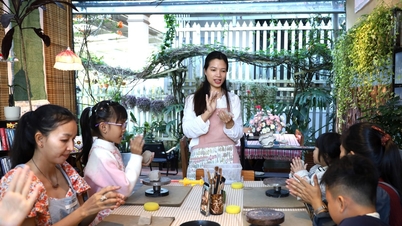

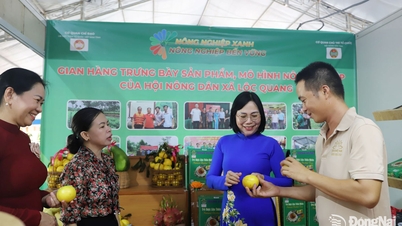

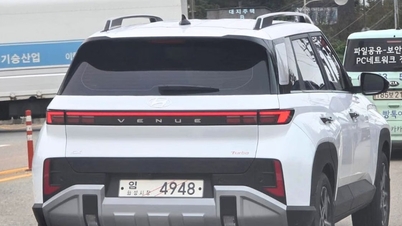


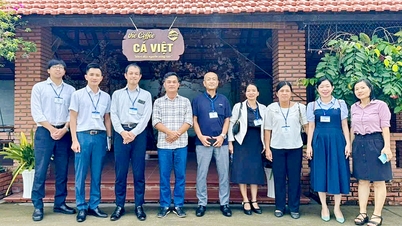









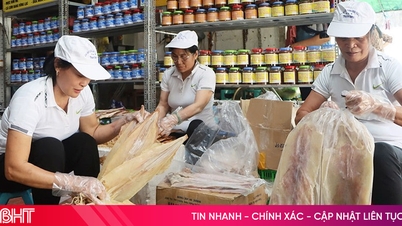







Comment (0)